This Slow Roasted Prime Rib Recipe will make you look like you spent hours preparing in the kitchen. But we both know that isn't so. How to cook prime rib in a roaster is easier than you think and you might just impress some people along the way.
Prime Rib is one of the best cuts of beef you can buy. There is no bad way to cook this. Rare, medium, well done no matter how you cook it, it will taste finger licking good.
With a little bit of planning, you can determine how long your rib roast needs to cook. The following guide will help you determine the total cooking time and produce the best roast you ever made with this slow roasted prime rib recipe!
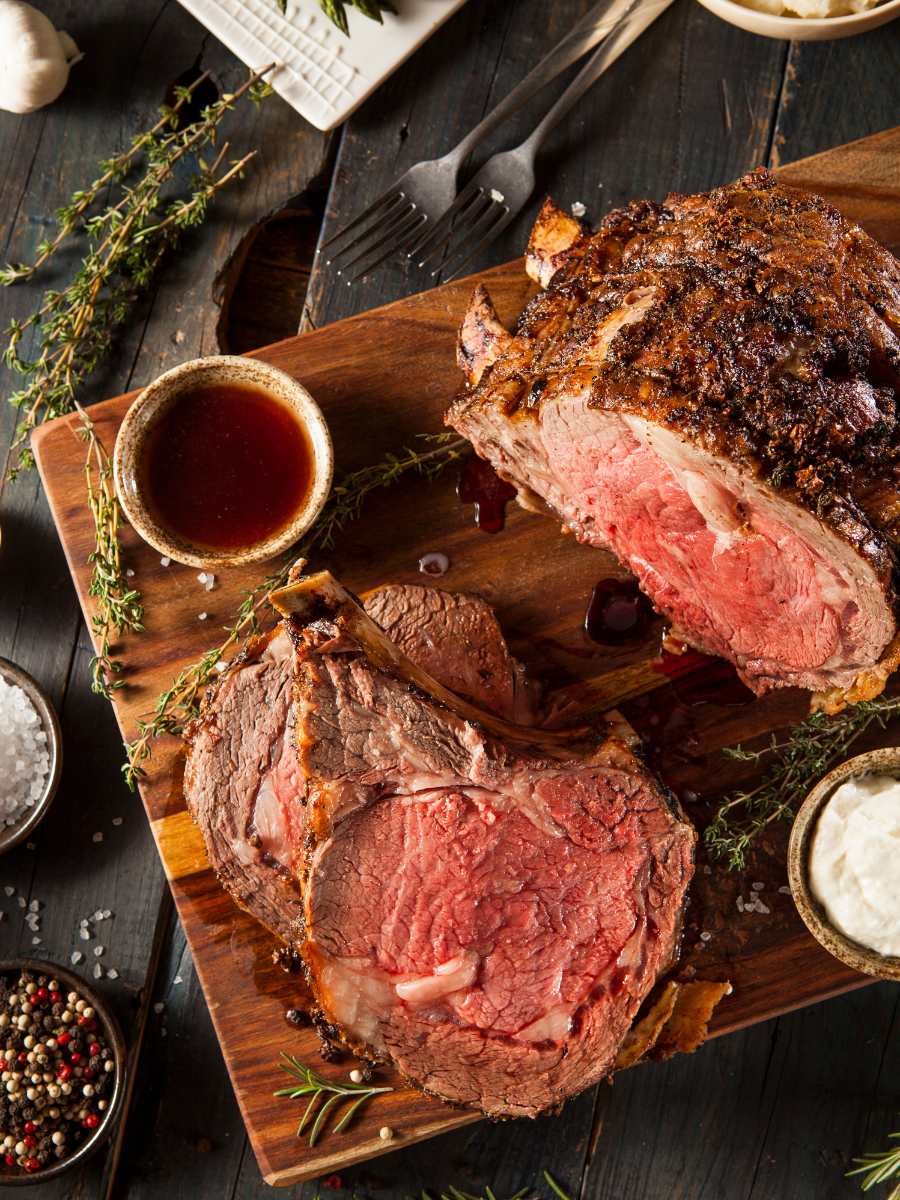
Jump to:
It can be really daunting figuring out how to cook a slow roasted prime rib in a roaster. But it doesn't have to be. The hardest part is knowing the weight of your prime rib roast so that you can calculate the cooking time and the resting time according to how you like your prime rib cooked.
Slow cooked prime rib is perfect for special occasions like Christmas, Easter and Thanksgiving. Some suggested side dishes for a rib roast include smashed potatoes, bacon parmesan brussel sprouts or a nice zucchini and eggplant saute.
And for dessert try a traditional Italian tiramisu, Italian cannoli filled with ricotta cream or puff pastry horns filled with a vanilla cream.
This page contains affiliate links, which means I may receive commissions if you choose to purchase through links I provide (at no extra cost to you). Thank you for supporting the work I put into this site! As an Amazon Associate I earn from qualifying purchases.
Ingredients Needed for a Slow Roasted Prime Rib Recipe
There isn't much to a slow roasted prime rib recipe. In fact, making this prime rib in roaster oven doesn't take a lot of ingredients to. You'll need the following:
- Prime Rib Roast (1 rib per person)
- Salt
- Pepper
- Olive oil
- Gravy (beef bouillon, corn starch, water)
See recipe card for details.
Instructions on How to Make the Perfect Prime Rib in a Roasting Pan
The first step in cooking your prime rib in a roaster is to determine how long it need to cook in the oven so that you can plan when to put it in the oven.
Follow these simple steps to cook the perfect prim rib:
Step 1 - Determine the Cooking Time for Prime Rib Roast per Pound or Kilo
Follow this guide to determine how long to cook your prime rib roast:
| Initial Cooking 500°F/260°C | Rare 325°F/163°C | Medium 325°F/163°C | Well Done 325°F/163°C | Resting Time |
|---|---|---|---|---|
| 15 mins | 15 mins per 1 lb | 17 mins per 1 lb | 19 mins per 1 lb | 30 mins |
| 15 mins | 15 mins per .454 Kg | 17 mins per .454 Kg | 19 mins per .454 Kg | 30 mins |
Example: if you were cooking a 5 lb prime rib roast you would calculate the cooking time as follows:
Initial cooking: 15 mins at 500°F/260°C
Continue cooking for: 5 x 17 (for medium) = 85 mins or 1 hour and 25 minutes.
Resting: 30 minutes (tented)
Total time: 130 minutes or 2 hours and 10 minutes
Step 2 - Season and Prepare Your Rib Roast
Preheat your oven to 500°F/260°C. The best part about preparing a prime rib roast is that this cut of meat doesn't require a lot of seasonings. With all the marbling it tastes great seasoned with just salt, pepper and a little bit of olive oil.
You can remove the rib bones to make it easier to carve when serving. You can lay the rib roast on the bones during the cooking process for extra flavor.
But, removing the bones isn't necessary it just makes it less messy when carving. Just remember that when you leave them in, you will need to cut around them when carving your rib roast.
Step 3 - Place Your Prime Rib Roast in the Oven
Once you have calculated the cooking time, work backswords to calculate when you need to pop it in the oven. For example, if you are aiming to have the roast served at 6pm and your roast is going to need 2 and half hours to cook and 30 minutes of rest time, you need to plan to place your roast in the oven at around 3:30 pm.
Place your prime rib in a roasting pan. It's not necessary to cover your roast when you are cooking a prime rib, it is usually dry roasted. Roasting it in a roasting pan with a rack helps to circulate the air around the roast, while the juices drip to the bottom of the pan. Using a rack is totally optional, though.
After 15 minutes of cooking at 500°F, reduce your oven temperature to 325°F/163°C and continue slow roasting.
Step 4 - Use a Thermometer to Confirm the Temperature of Your Prime Rib Roast
There are times when I just wing it, literally. This is not one of those times. Prime Rib is such an expensive cut of meat (as if you couldn't tell by its name) that you don't want to make a mistake about when to take this cut of meat out of the oven.
There is a science, and I'm not saying that it's difficult to making prime rib, but there is some preparation that goes into determining how long to cook it. Whether you like your prime rib rare, medium or well done, you will want to follow the instructions that follow for the perfect Prime Rib roast every time.
Use a thermometer and refer to the following chart to determine how cooked you want your prime rib to be:
| Rare | Medium-Rare | Medium | Well Done |
|---|---|---|---|
| 120ºF/49ºC | 130ºF/54ºC | 140ºF/60ºC | 165ºF/74ºC |
Remember to take the internal temperature by placing your thermometer in the center of the meat.
Keep in mind that the temperature will continue to rise even when you remove it from the oven and let is rest for 30 minutes.
Check the doneness of your meat half way through cooking and then every 30 minutes after until your preferred internal doneness is reached.
Step 5 - Resting Time for Prime Rib Roast
One your prime rib roast has reached your preferred internal temperature, it's time to remove it from the oven to let your prime rib roast rest.
Place a piece of foil on top of the roast in the shape of a tent to allow the steam to escape but also keep warm while it's resting.
Let the roast rest for 30 minutes during which time you will see some of the roast dripping leak and sit at the bottom of the roast.
Use this time to serve drinks, appetizers, make your gravy and plate your side dishes.
Step 6 - Making Gravy for Your Prime Rib Roast
To make a gravy or to not make a gravy? This is a personal choice, so if gravy is something you like to put on Prime Rib then follow the recipe included for making gravy from pan drippings and beef stock.
A prime rib cooked to a well doneness will likely need a gravy because it will be much drier than a roast cooked to a rare doneness.
You can also serve your prime rib with horseradish which helps to cut down on the richness of the fatty prime rib flavor.
Carve and serve your roast with smashed potatoes and your favorite vegetables.
Variations
There aren't many variations you can consider when making a rib roast. Since prime rib is usually associated with beef, you couldn't really substitute it with another animal product.
Variations to cooking a prime rib could come in the form you cook it or the seasonings.
For seasoning, adding chilli flakes might be something you consider if you like a little bit of heat.
In terms of cooking methods, you can consider barbecuing prime rib steaks and follow the general cooking instructions you would use when cooking steak.
Equipment
To make this prime rib roast you will need either a disposable roasting pan or a roaster with optional rack insert. If using disposable roasting pans, you may want to double up because a prime rib roast can get heavy and you'll need something durable.
You'll need a carving knife and a cutting board for serving as well.
Storage
Store any leftovers in foil or in an airtight container in the refrigerator for 3 to 4 days. Leftovers of prime rib topped with mozzarella and bacon make great prime rib paninis.
You can also store leftovers in the freezer for up to one month. Just make sure to thaw out in the refrigerator overnight.
Top Tip
It's really important to allow your prime rib roast to rest once it's removed from the oven. It allows for the roast to maintain the juices that would otherwise drip out of the roast if you immediately cut into it resulting in a much drier piece of meat.
They both come from the same cut of meat but a rib roast usually does not contain bones while a prime rib roast has bones and is generally cooked with bone intact.
Prime rib and rib eye come from the same cut of meat. The only difference is in they way that they are prepared or cooked. Prime rib seared quickly and then slow roasted in the oven, while rib eye steaks are usually grilled at a high heat to preference.
Prime rib is already rich in flavor and can be seasoned with salt, pepper olive oil and preferred herbs. Minimal seasoning are needed as the aged meat is already rich in flavor.
It is not necessary to debone a prime rib roast before cooking. Leaving the bones adds flavor to your roast and allows your roast to stand, aka standing rib roast. You can debone a prime rib prior to cooking and lay the roast a top them. Deboning allows for easier carving or slicing if you want to grill rib eye steaks.
More Main Dishes You'll Love
Recipe Details
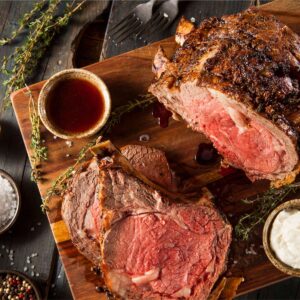
Prime Rib Roast
Ingredients
- 6 lbs prime rib 1 rib per 2 people (6 ribs)
- 1 tbsp salt
- 1 tsp ground pepper
- ¼ cups olive oil
Gravy
- 1 cups water plus 2 tbsps or more
- 1 Beef Bouillon
- 1 tbsp corn starch you can substitute potato starch for Whole30/Paleo
- pan drippings
Instructions
- Calculate the cooking time using the chart in the notes section.
- Preheat oven to 500°℉.
- Cut the bones if you prefer. Season with salt, pepper, olive oil and any herbs.
- Place the roast on top of the bones in the roasting pan and place in oven to cook for 15 minutes at 500°℉. (uncovered)
- After 15 minutes reduce oven to 325 degrees. Using a thermometer check the roast in half way through cooking time and then every half hour thereafter.
- Once it has reached the internal temperature you desire, remove from oven and let rest for 30 minutes.
Gravy
- While the roast is resting, warm up one cup of water in a small saucepan, add a beef bouillon cube and some pan drippings. Bring to just about boiling. In a small cup add the starch and a little bit of water just to create a runny paste. Add starch mixture and bring to boil until mixture thickens to your liking.
- Serve gravy with roast.
Notes
Cooking Time
| Initial Cooking 500°F/260°C | Rare 325°F/163°C | Medium 325°F/163°C | Well Done 325°F/163°C | Resting Time |
|---|---|---|---|---|
| 15 mins | 15 mins per 1 lb | 17 mins per 1 lb | 19 mins per 1 lb | 30 mins |
| 15 mins | 15 mins per .454 Kg | 17 mins per .454 Kg | 19 mins per .454 Kg | 30 mins |
Beef Internal Temperature Reference
| Rare | Medium-Rare | Medium | Well Done |
|---|---|---|---|
| 120ºF/49ºC | 130ºF/54ºC | 140ºF/60ºC | 165ºF/74ºC |
Nutrition
Food Safety
Note that the storage guidelines provided on this page and site are estimates from personal experiences. We are all adults and as an adult you are responsible to ensure that the food you eat is safe to eat. Since, I'm not a food safety expert, you are responsible to review your local guidelines on food storage prior to storing any food left-overs.
Remember to:
- Not use the same utensils on cooked food, that previously touched raw meat
- Wash hands after touching raw meat
- Don't leave food sitting out at room temperature for extended periods
- Never leave cooking food unattended
- Use oils with high smoking point to avoid harmful compounds
- Always have good ventilation when using a gas stove
For Canadian Guidelines check the Government of Canada Food Safety Guidelines or see more guidelines at USDA.gov.
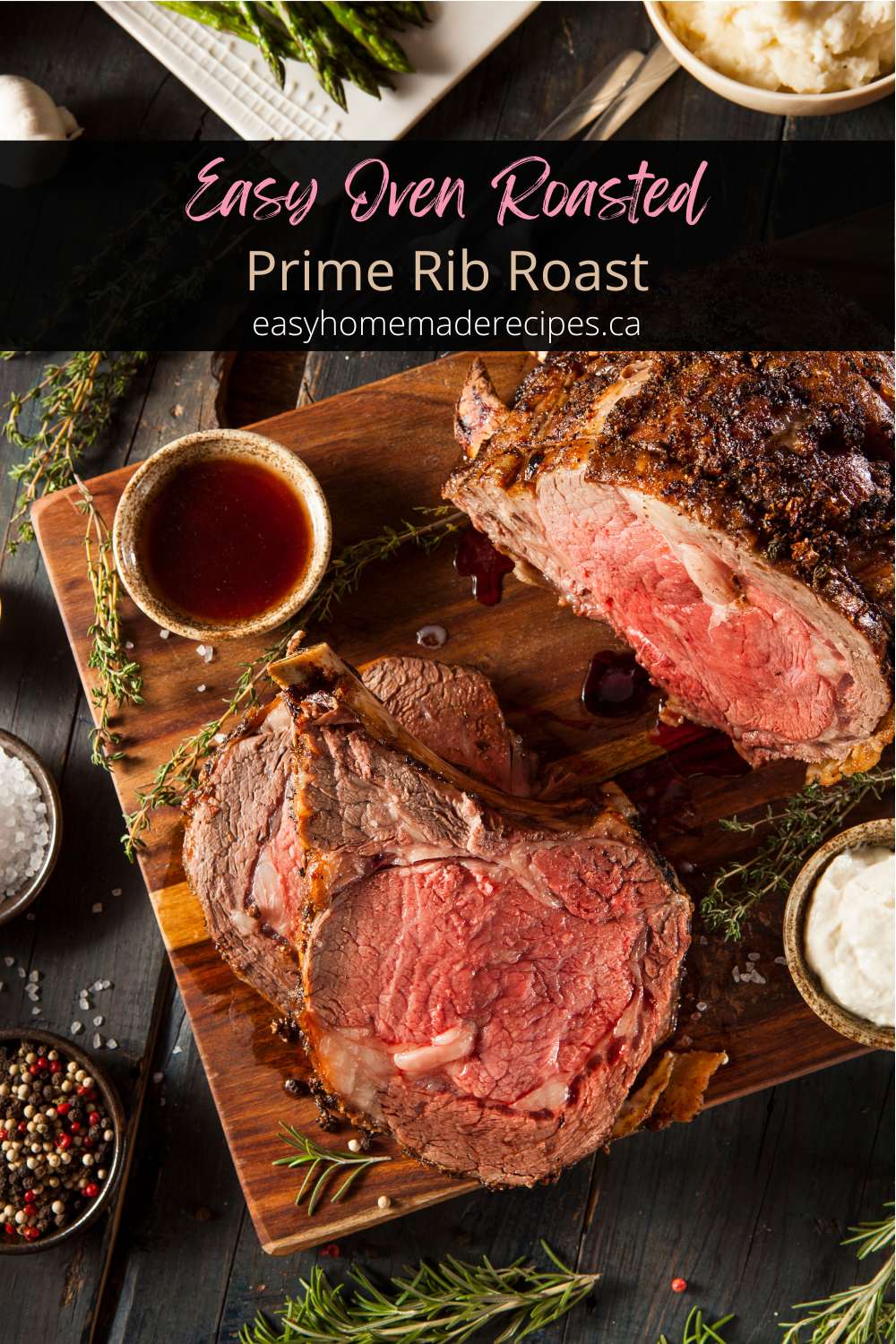


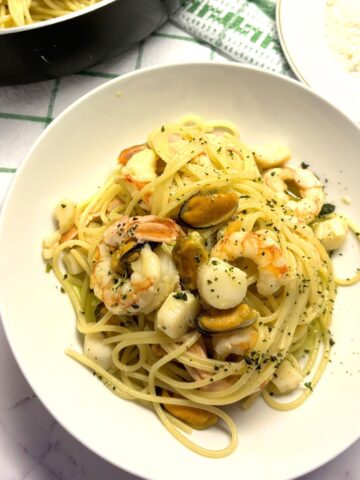
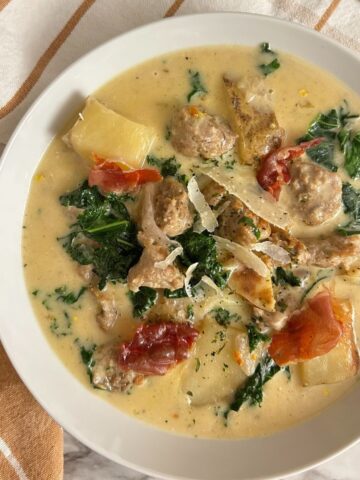
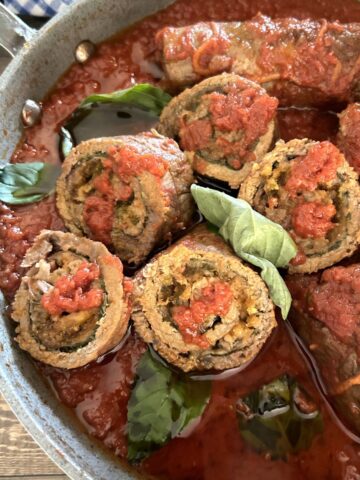
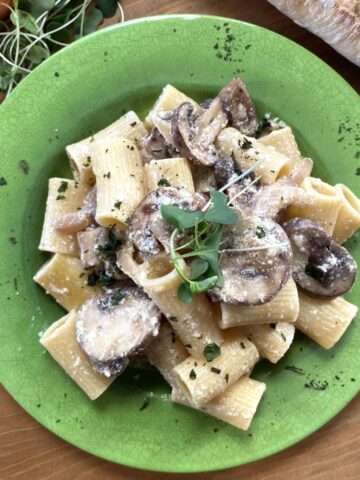

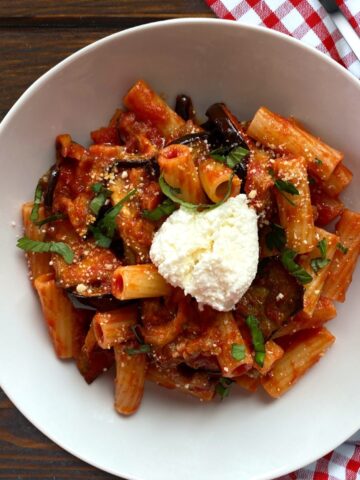
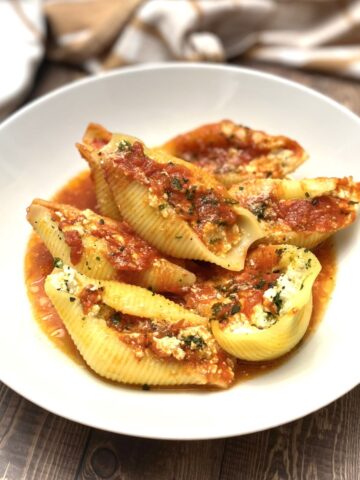
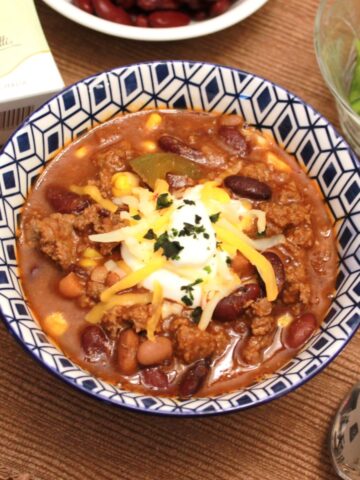
AmyG says
This is a great recipe to try!